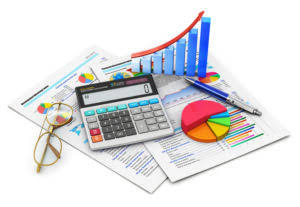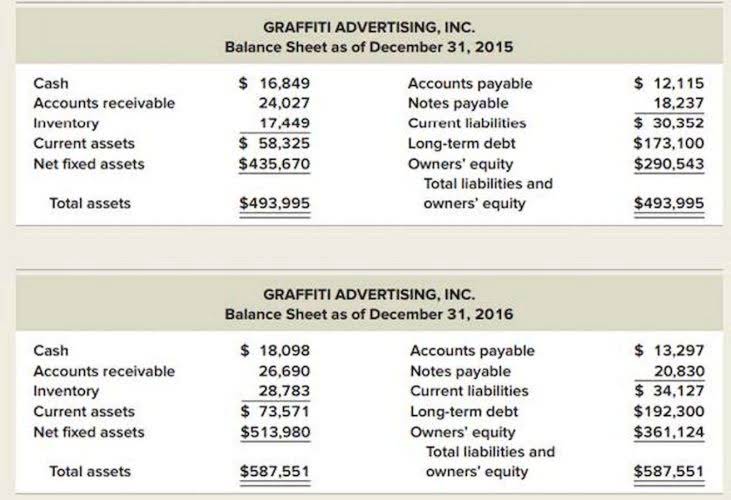
Time for the electronic store’s owner to sit down with a cup of coffee and look at the relevant sales data. The business owner also needs to know how much they expect sales to increase to get the calculations going. For the Outsource Invoicing percentage-of-sales method, you need the historical goods sold sales percentage and the other relevant percentages based on past sales behavior.
- Learn about percentage-of-sales approach and percentage-of-receivables approach in calculating allowance for doubtful accounts and bad debt expense.
- The percentage of sales method is an approach used to estimate the amount of uncollectible accounts receivable.
- This method empowers you to make more informed and proactive decisions for your company’s direction.
- It may also discourage you from exploring new ways to reduce costs, increase efficiency, or improve quality, as you may stick to the same percentage for each expense category.
- The method is often used for forecasting the impact of sales growth on income statements and balance sheets.
- Say for example that Jim believes he can increase company revenue (sales) to $400,000 next year.
- This percentage of sales method approach improves your forecast sales accuracy, giving you a better percentage view.
Sales Projections — What They Are and How to Create Them
- Most businesses think they have a good sense of whether sales are up or down, but how are they gauging accuracy?
- You can much better plan for anticipated growth periods and navigate potential challenges with confidence, especially when you need to forecast sales.
- Reviewing historical data of uncollectible accounts and the industry benchmark for bad debt expenses can work out the percentage needed for the forecast.
- So it’s not a perfect metric, but for those businesses that use it, the percentage-of-sales method can be a useful predictor of future sales revenue.
This is commonly done by percentage — if you know the percent amount your sales will increase, you can apply that to all line items as well, both assets and expenses. This includes things like accounts payable, accounts receivable, cash, cost of goods sold (COGS), fixed assets, and net income. The percentage of sales method predicts future finances based on current revenue. It looks at financial items like the cost of unearned revenue goods sold (COGS) and accounts receivable as a percentage of your total sales. This information about past sales data helps you predict future financial performance. The percentage-of-sales method is a financial forecasting model that assesses a company’s financial future by making financial forecasts based on monthly sales revenue and current sales data.
How Salesforce is Investing in Account Executives with the AE Excellence Academy

This sales figure serves as your foundational base for all subsequent financial calculations and projections. You can proactively identify potential funding gaps or even unexpected cash surpluses much earlier in the planning cycle. It greatly simplifies how you can effectively project your future financial needs and outcomes. Bad debt expense represents the money that customers owe but are unlikely to pay. And Cube’s scenario manager makes it easy to create multiple scenarios and forecasts. It’s a quicker method because of its simplicity, so some businesses prefer it to other, more complex techniques.
Approaches to Setting an Advertising Budget
The allocated percentages are applied to various financial-planning, accounting, and budgeting exercises to ensure that resources are allocated effectively and efficiently. The Percentage of Sales Method is utilized to allocate costs, plan budgets, and strategize pricing based on a predetermined percentage of the total revenue generated by a business. Therefore, through this method, businesses can project future financials, enabling them to plan effectively, whether in budgeting, identifying potential financial difficulties, or making investment decisions. The objective and task method requires careful planning and analysis to accurately estimate costs. The amount of accounts receivable that a company writes off as uncollectible, recorded as an expense on the income statement.

This crucial step effectively turns your carefully analyzed historical data into actionable insights about your future. Let’s walk through a practical example together to clearly illustrate how to calculate percentage of sales. Accounts receivable and accounts payable also frequently demonstrate strong and predictable links to your related to sales activities. This method stands as a truly vital tool for comprehensive strategic planning and meticulous budget creation, helping you to forecast with confidence.

Suppose Panther Tees is a t-shirt retailer that sells t-shirts directly to consumers via its online platform. Since the percentage of sales approach cost of acquiring the products is increasing, the organization wants to determine whether it must increase the price of the t-shirts. With a revenue of $60,000, she’s not running a corporation, but she should still expect to run into a small amount of bad debt expense. By looking over her records, she finds that for the month, her credit purchases come to $55,000 (with $5,000 cash).

- The “Affordable Method” of setting an advertising budget is particularly suitable for startups or businesses with limited financial resources.
- Those percentages are then applied to future sales estimates to project each line item’s future value.
- Another key advantage of the percentage of sales method is that it helps develop high-quality estimates for items closely correlated with sales.
- When the percentage-of-sales method doesn’t cut it, there are a couple more ways to determine a business’ financial outlook.
- The competitive parity method may not align with your business goals and unique circumstances.
- This method provides a clear percentage view of how growth impacts various accounts, helping them to forecast.
Adopting smart strategies can improve your sales performance and boost your revenue. In this article, we’ll explain the percentage of sales method and how to calculate it. We’ll also show you a real-life example, highlighting its benefits and drawbacks. Now Jim has the percentages, he can estimate his sales for next year, and apply them to each line item to get a rough idea of what each of them will look like. Say for example that Jim believes he can increase company revenue (sales) to $400,000 next year. When used with accurate sales data, it can serve as a guide for your upcoming sales revenue.

